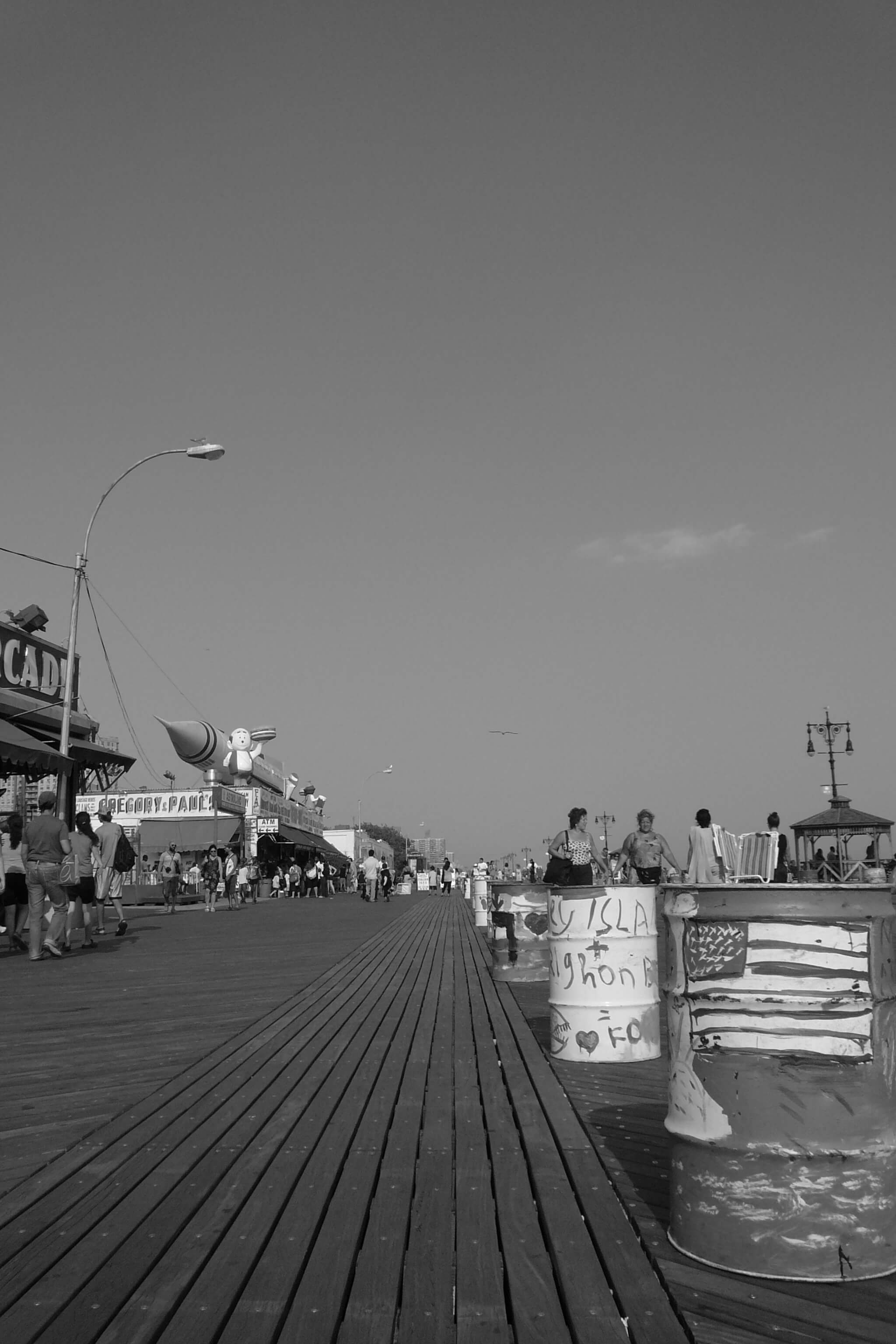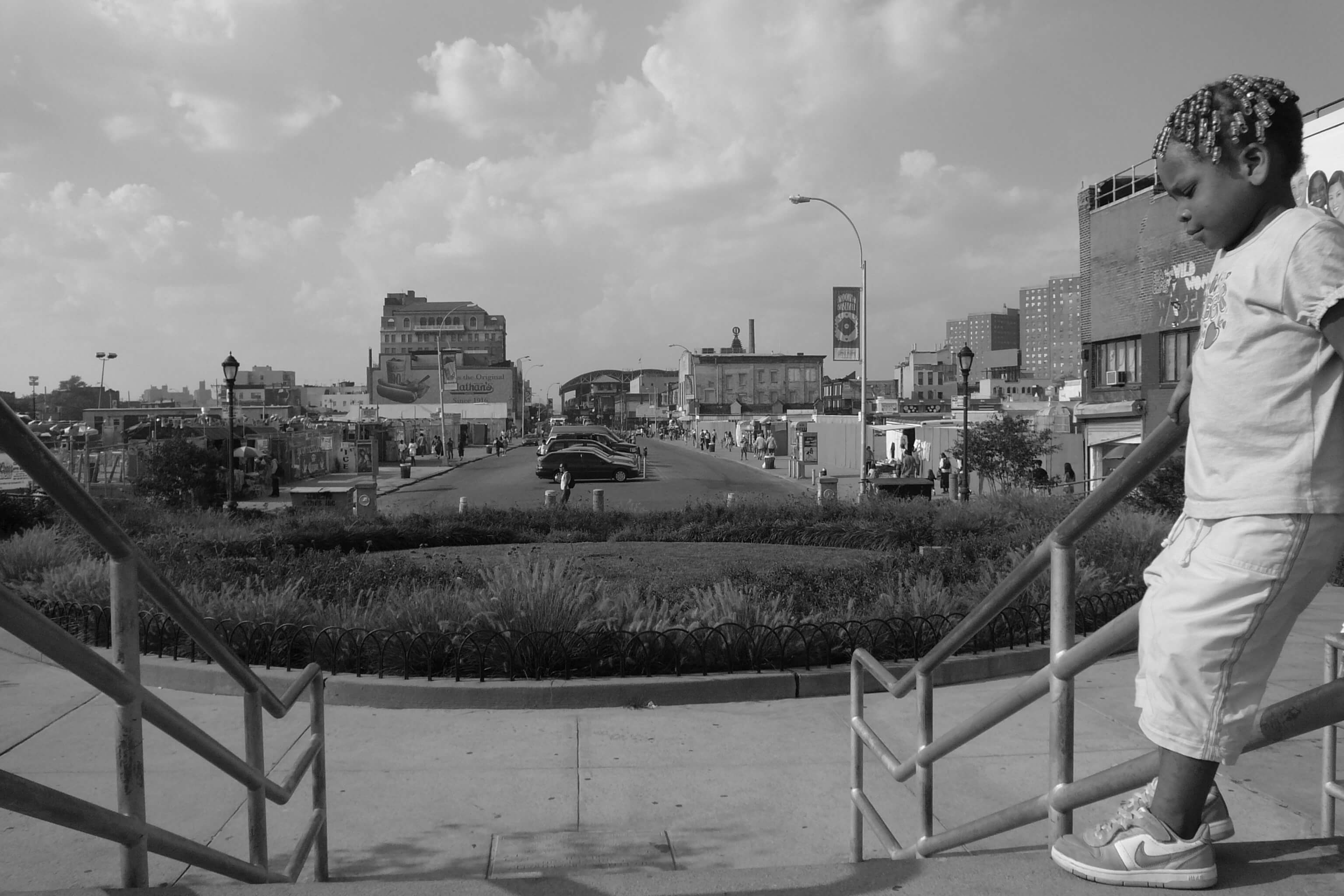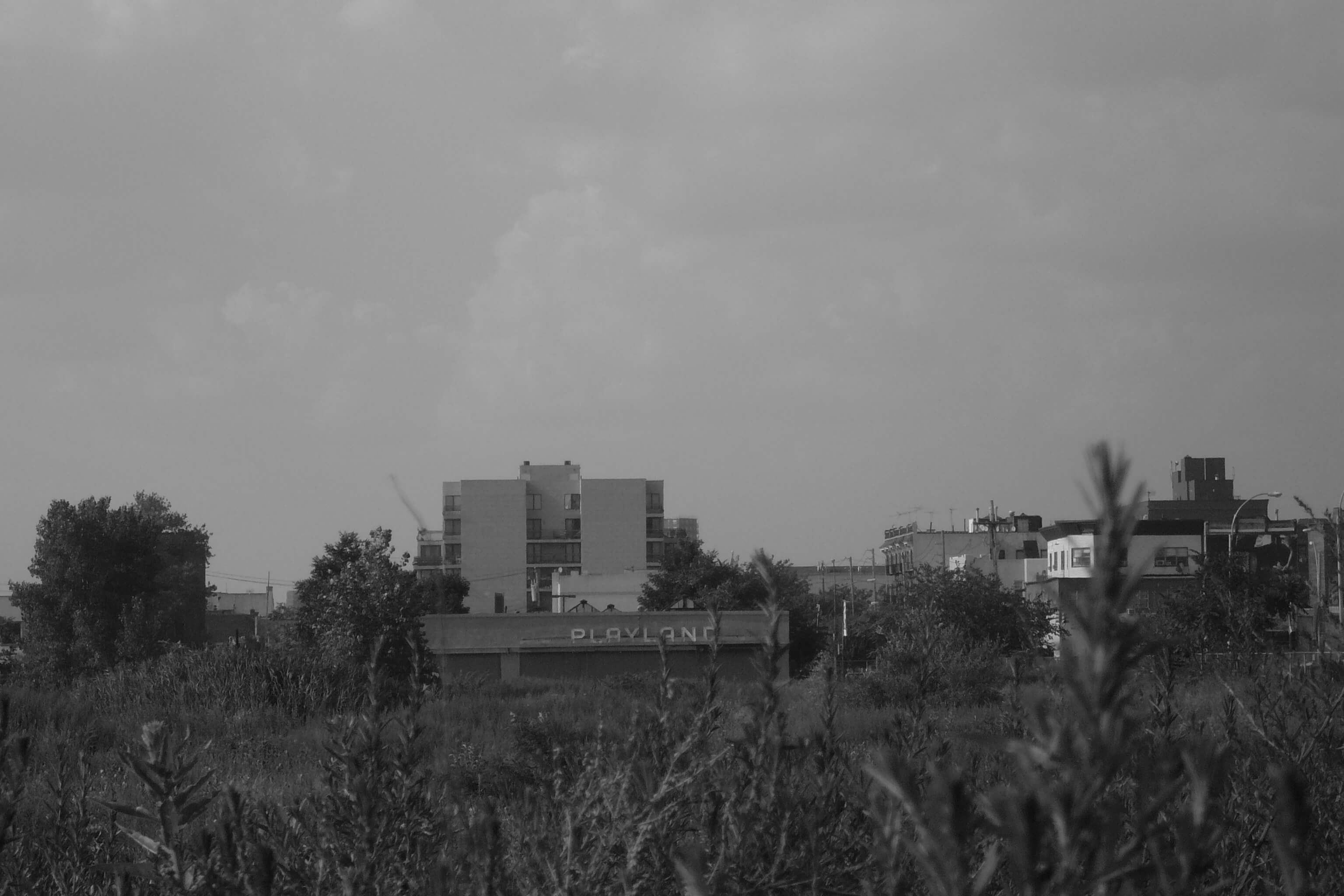There was much rejoicing in The Flower City last month as a ceremonial swipe took out a corner of the existing Rochester Amtrak station, colloquially known as an “Amshack”.
The circa-1978 Amshack facility is being replaced by a state-of-the-art, multi-modal station, boasting level-boarding platforms, space to service two trains simultaneously, and capacity to expand as necessary.
There’s really no debating that the new facility will be a wholesale improvement over what’s existed for over thirty years in The Flower City.

The Rochester “Amshack” awaits the wreckers in November 2015. Follow @CultofAmericana on Instagram and Twitter.
Yet I can’t help but wonder if the same talking points were used at the ceremonial groundbreaking for the new Madison Square Garden?
As you might recall, Pennsylvania Station in New York City was considered archaic, and passenger trains were on the way out in the face of the jet and superhighway age. So the Beaux-Arts icon was torn down and replaced with a maze underneath the current Knicks/Rangers/Billy-Joel-final-tour (he means it this time) arena, with the idea being that this underground area could quickly be converted to other uses when passenger trains died for good. That death was imminent in 1963. But passenger trains hung in there, thanks to the creation and nurturing of Amtrak.
Demand for more passenger trains, at higher speeds and frequency, is now greater than at any point in the 45-year history of government-operated intercity passenger rail service.
These Amshacks played a role in bringing passenger rail to a point where it’s not ‘do we even need trains?’ but rather ‘we need more trains’.
It’s where I got on the train to go to school, cured my homesick-ness at holiday time, and head off to a new adventure in the far-away city of Chicago.






 Coney Island remains an essential visit, be you a local or a tourist tired of the maddening crowds of Manhattan. Make sure to visit soon, as this might be the last summer of Coney Island!
Coney Island remains an essential visit, be you a local or a tourist tired of the maddening crowds of Manhattan. Make sure to visit soon, as this might be the last summer of Coney Island!